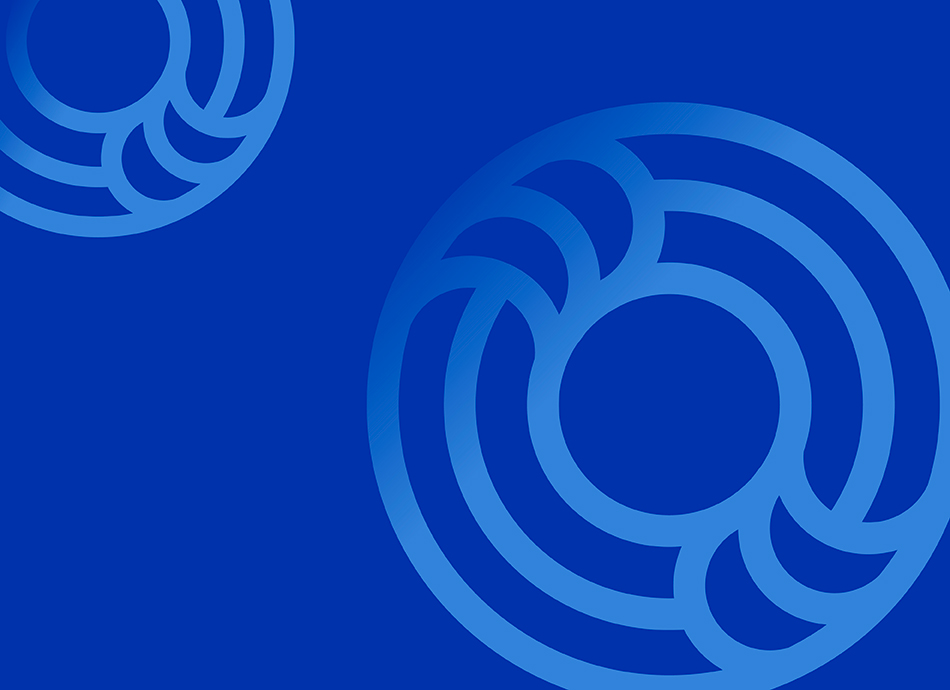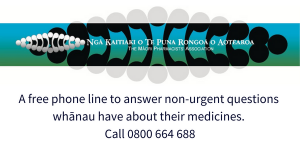Norfloxacin is an antibiotic that's used to treat infections of the urinary tract such as bladder infection (cystitis) and infection of the prostate (prostatitis). It works by killing or stopping the growth of bacteria (bugs) and getting rid of the infection. Norfloxacin is only used for infections that haven't improved with other antibiotics, or when other antibiotics can't be prescribed. Like all antibiotics, norfloxacin is not effective against infections caused by viruses.
Low or no data? Visit zero.govt.nz, scroll down the page then click on our logo to return to our site and browse for free.
Norfloxacin
Sounds like 'nor-flox-a-sin'
Key points about norfloxacin
- Norfloxacin is an antibiotic that is used to treat infections of the urinary tract.
- Norfloxacin is also called Noroxin®.
- Find out how to take it safely and possible side effects.

In Aotearoa New Zealand, norfloxacin is available as tablets (400 mg).
- The usual dose of norfloxacin is 1 tablet (400 mg) twice a day for a few weeks. If the antibiotic is working well, your dose may be reduced to 1 tablet once a day.
- Your doctor will advise you on how long to take norfloxacin for.
- Always take your norfloxacin exactly as your doctor has told you. The pharmacy label on your medicine will tell you how much to take, how often to take it, and any special instructions.
- Timing: Norfloxacin is best taken on an empty stomach, about 1 hour before food, or 2 hours after food. Take your norfloxacin dose at the same times each day. If you're taking it twice a day, take your tablets about 10–12 hours apart, for example between 7–8 am, and between 7–8 pm. Swallow the tablets whole with a glass of water. Do not take with milk.
- Missed dose: If you forget to take your dose, take it as soon as you remember. But if it is nearly time for your next dose, just take the next dose at the right time. Don't take double the dose.
- Finish the course: Take the whole course of antibiotics for the number of days you have been told to. Don't stop taking it, even if you feel your infection has cleared up. If you stop your treatment early, your infection could come back.
- Don't drink milk or take indigestion remedies or medicines containing iron or zinc (such as multivitamin tablets) 2 hours before or after you have taken norfloxacin. These interfere with the way norfloxacin is absorbed and stop it from working fully.
- Norfloxacin can make your skin more sensitive to sunlight, so it's important to cover up and wear sunscreen if you spend time outside, especially in the summer months.
- Limit alcohol while you are taking norfloxacin. Alcohol can increase your chance of side effects such as dizziness or feeling faint.
- Norfloxacin can interact with some medicines, herbal supplements and rongoā Māori, so check with your doctor or pharmacist before starting norfloxacin and before starting any new products.
Like all medicines, norfloxacin can cause side effects, although not everyone gets them. Often side effects improve as your body gets used to the new medicine.
Tendon problems
Norfloxacin can cause tendon problems such as tendinitis or tendon rupture. The Achilles tendon in your ankle or calf is most likely to be affected but other tendons can also be involved. You are at higher risk if you:
- are over 60 years of age
- are taking steroid therapy (such as prednisone)
- have chronic kidney disease or have had a kidney, heart or lung transplant.
Let your doctor know immediately if you get pain and swelling in your joints. This can happen as early as the first few hours after the first dose and as late as 6 months after treatment.
Other problems
| Side effects | What should I do? |
|---|---|
|
|
|
|
|
|
|
|
|
|
| Did you know that you can report a medicine side effect to CARM (Centre for Adverse Reactions Monitoring)? Report a side effect to a product.(external link) | |
Arrow-Norfloxacin(external link) Medsafe Consumer Information Sheet, NZ
Norfloxacin(external link) New Zealand Formulary Patient Information
References
- Quinolones – a tendoncy to rupture(external link) Medsafe, 2012
- Norfloxacin(external link) New Zealand Formulary
Credits: Sandra Ponen, Pharmacist, Healthify He Puna Waiora. Healthify is brought to you by Health Navigator Charitable Trust.
Reviewed by: Angela Lambie, Pharmacist, Auckland
Last reviewed:





